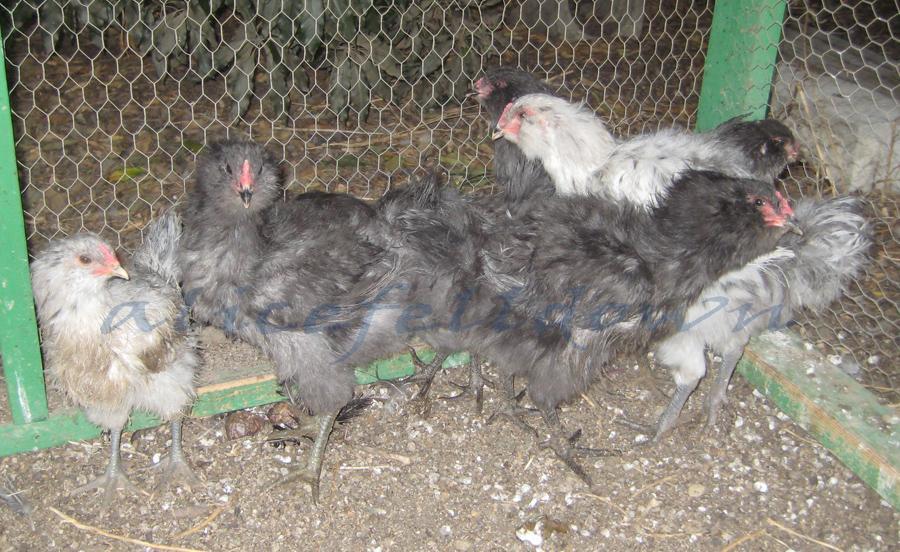Quote:
It's been debated. From what I remember, the seller of the original eggs that Jubaby purchased was also working on a 'large fowl Silkie" project of some sort, so it is very likely that Silkies were used to introduce the hookless gene way way back. So you could start from scratch, but it would take several generations to get back to the Ameraucana type.
Regarding the genetics, it is a simple recessive trait. Googling that should explain the basics better than I ever could, but the probability of fluffy chicks in a hatch depends whether the parents are fluffy, splits (carriers), or normal Ameraucanas.
Almost! Jubaby bought eggs from a seller in TX who bought eggs from a seller in WA that had a large-fowl Silkie project. I've spoken with both of those sellers - the WA one says she never free-ranged and the pens were on opposite sides of her multi-acre property. The seller in TX did not keep Silkies. Both confirmed that they never had a chick hatch like the ones Jubaby hatched and were shocked that we all had birds with this feathering from their lines.
We will never know 100% whether it an accidental cross-breed or a spontaneous 'mutation', but the part I found most significant (and why I joined the project) was that no one, over years and years noticed any hookless feathers in their chicks! There are reports of this mutation popping up randomly in Lavender Ameraucanas in the UK and possibly as a basis for the now extinct Missouri Fluffs.
Whatever their origin, I consider them true Ameraucanas because well, they breed true! We've got a bit of a ways to go to correct their combs, tails, and minor coloring issues in the Splash - but we aren't getting a mish-mash of features or colors as one might expect from an Easter Egger or a Amera/Silkie cross. Even the test mating that Jubaby did between her fluffies and a silkie came with heavy Silkie features.






